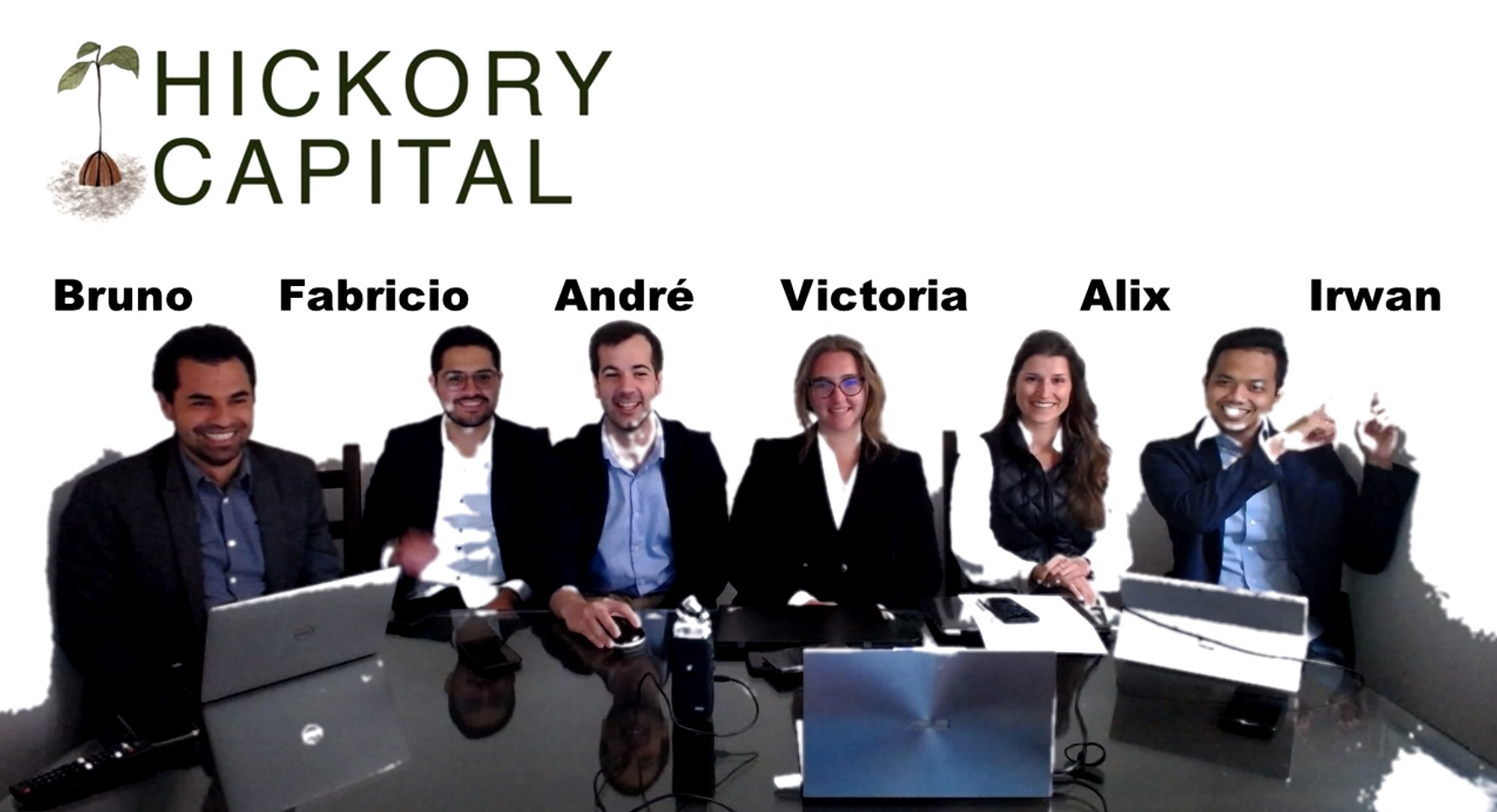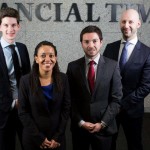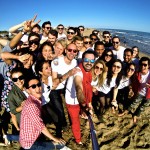Many IESE MBAs are interested in exploring venture capital as a career track, it is niche and requires specific experience in investment or in a startup. How do they build their knowledge in this field? Irwan Hernawan, MBA Class of 2021 explains what he learnt through the Venture Capital Investment Competition (VCIC) elective course and how it can benefit those interested in this track.
Do you aspire to be a venture capitalist but are still waiting for capital from investors to land in your bank account? Or are you an aspiring entrepreneur building your MVP and want to understand how to raise money for your business? If you want to get a deeper understanding of the investors or founders experience, then the VCIC elective course in the second year is a must (or in other words, make sure to rank it highly with lots of points in the bidding process)!
How does the VCIC course work? In the second year, IESE runs a 2-week course to equip the students with the venture capital (VC) thought process and tools to prepare them for VCIC. Global VCIC is the world’s largest venture capital competition with over 120 university and graduate school teams competing. During this competition, students get to be VCs for the day and startups get an accelerator for the fundraising process. Teams from various schools compete in a regional round before being selected to participate in the global round, hosted by UNC Kenan-Flager Business School in the US. IESE has had a strong track record in the regional rounds, emerging as champions for our region (Europe North) seven times in the past ten years.
Students initially must form dummy VC funds consisting of four members. In the first week of the course, the groups will compete by (i) listening to entrepreneur’s pitches, (ii) probing through due diligence Q&As, (iii) presenting to an investment committee (i.e. the professors) the term-sheet of each group’s chosen ventures, and (iv) negotiating the investment terms with the entrepreneur. In the last weekend of the course, there will be a one-day internal competition but with different sets of entrepreneurs and an investment committee (i.e. external judges) to determine which team represents IESE in the regional round.
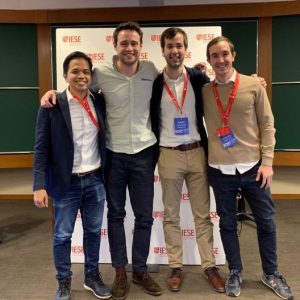
Our team in the internal competition!
What I found interesting from the course was the combination of academic theories such as using frameworks to identify promising ventures, and experts’ wisdoms such as understanding what are negotiable and non-negotiable terms, in handling different situations. There are definitely no “silver bullets” as different industries, the stage of the venture, the founders’ experience, and other factors require different logical responses.
Moreover, each session of the course reflects a specific stage of the VC investment process, that the students themselves undergo, allowing for immediate feedback from professors and students of what went well and what could be improved. This hands on experience really helped us to get a grasp of what life as an investor or founder could be like.
On top of that, we learned that VC investing is closer to an art than a science, because at the end of the day, you are dealing with people, be it coordinating among yourself and your teammates in building a defendable and strong investment thesis or influencing entrepreneurs or the investment committee to go with your investment terms.
In our case, two groups were eventually named the joint-winner of the internal competition and we merged into one to represent IESE in the regional and global VCIC rounds. The final team representing IESE were Alix Chausson, Andre Cardoso Dias, Bruno Blando Deluiggi, Javier Arribas Diaz, Rory Russell, Victoria Guijarro Garijo, Willy Fabricio Holgado Chacon. Ultimately, my key highlight of participating in VCIC was building the mindset to win from the get-go together with my teammates. Fortunately, the mindset helped us to emerge as winners in the regional round and reach the global round.
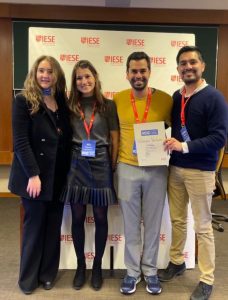
The other winning team, together we represented IESE at the regional and global VCIC rounds.
Here are some of the mindsets we found critical to succeed in the competition:
- Use a pragmatic framework and adapt accordingly
Each of the competition’s sections is time bound and so is the preparation time. Start with a practical approach to organize your team, leverage each team member’s strengths and optimize your time management from that point.
- Be open to collective and individual feedback
You can see how the other teams performed, meaning that you can borrow ideas that worked for other teams that your team has not demonstrated. Accordingly, invite your teammates to constructively criticize how you performed or be openly self-critical so your teammates can help you to improve. This will help strengthen the overall team performance.
- Practice as much as possible
Role play as much as you can. This applies for due diligence, presenting to investment committee, and negotiating with entrepreneurs. Simulating these parts allows the team to assess the clarity and quality of each member’s communication, to budget the time, and even to identify if the team is still missing “the elephant in the room.” In most cases, I was comfortable to act as the entrepreneur in the simulation and to give tough responses.
- Have clear responsibilities for everyone
There are lots of information to process and results to deliver in a very short time, hence everyone should have a clear ownership of what they will perform in all parts of the process.
While we were not able to wave IESE’s flag in the global round unfortunately, I really hope IESE will continue to thrive in VCIC and more students will participate in future!

Team Hickory Capital had a fantastic learning experience at global VCIC!
Congratulations to Irwan and the MBA Class of 2021 on their recent graduation, we look forward to our new graduates making their mark in the world!
Pursue your dream MBA! Take these next steps today:


